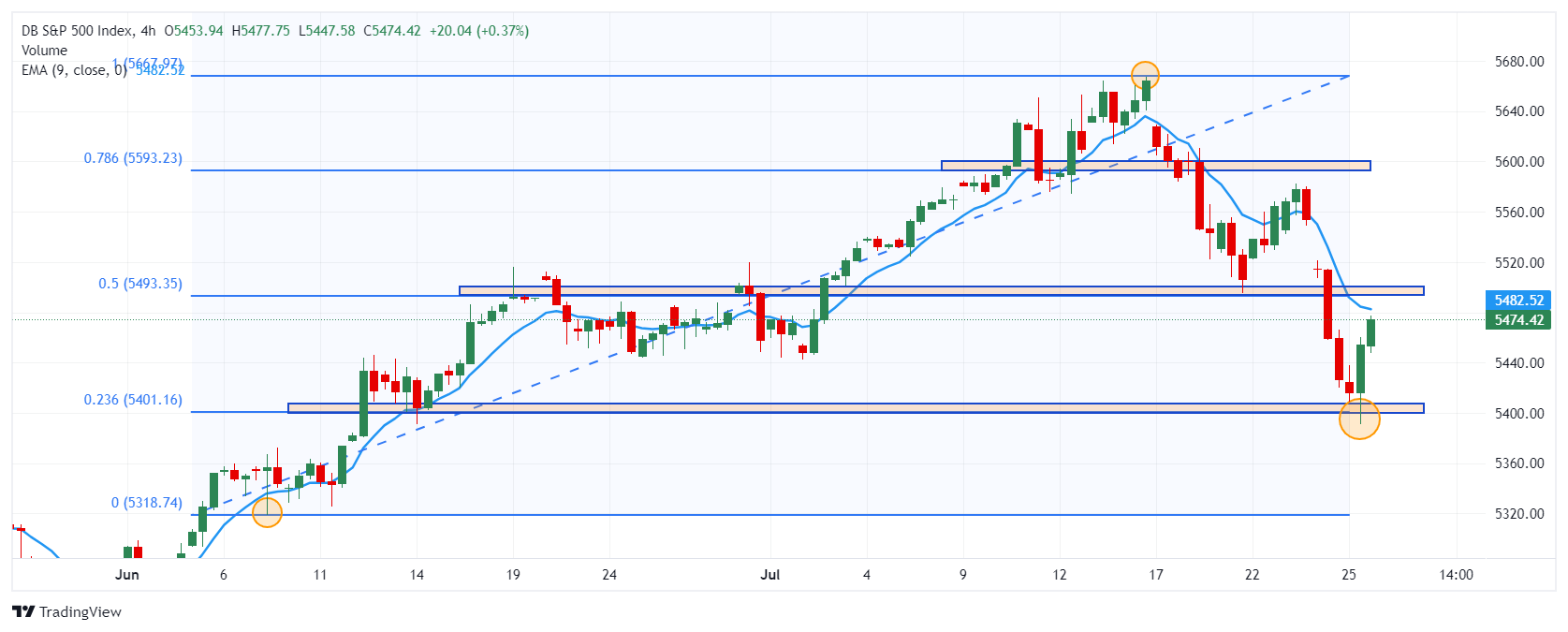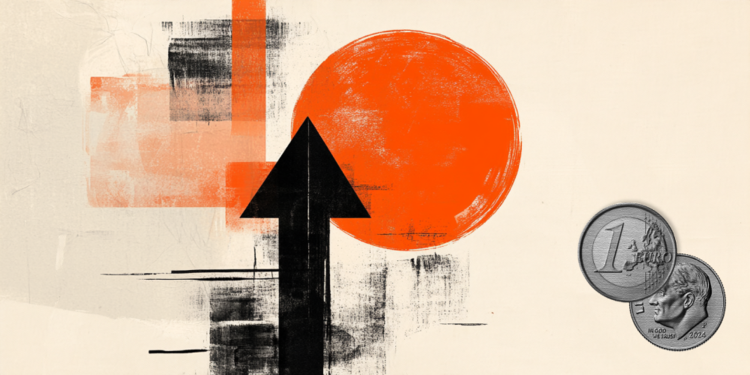- USD/MXN sets daily high at 18.58.
- The US dollar gained strength following US GDP and jobless claims data.
- Investors will focus on Mexico’s Trade Balance.
The USD/MXN reached an intraday high of 18.58, finding sellers who pulled the pair to a daily low of 18.31. At the time of writing, the US Dollar is trading at 18.44 against the Mexican Peso, gaining 0.22%, in today’s trading.
US Dollar Hits Four-Week Highs After Strong US GDP Data
The USD/MXN reached levels not seen since June 28, after an increase in the US gross domestic product was announced, which rose 2.8%, exceeding expectations of 2.3%. In the same vein, jobless claims stood at 235,000 in the week ending July 20, this result is lower than the 238,000 expected by analysts.
Investors will be focusing their attention on the publication of Mexico’s Trade Balance for the month of June.
Technical levels in the USD/MXN
The USD/MXN remains bullish in the short term, establishing support at 17.82, the low of July 19. The next support is found at 17.60, the low of July 12. The closest resistance is found at 18.65, in confluence with the 78.6% Fibonacci retracement and high of June 14.
USD/MXN 4-hour chart

US Dollar FAQs
The United States Dollar (USD) is the official currency of the United States of America, and the de facto currency of a significant number of other countries where it is in circulation alongside local banknotes. As of 2022, it is the most traded currency in the world, accounting for over 88% of all global foreign exchange transactions, equivalent to an average of $6.6 trillion in daily transactions. Following World War II, the USD took over from the British Pound as the world’s reserve currency.
The single most important factor influencing the value of the US dollar is monetary policy, which is determined by the Federal Reserve (Fed). The Fed has two mandates: to achieve price stability (control inflation) and to promote full employment. Its main tool for achieving these two goals is to adjust interest rates. When prices rise too quickly and inflation exceeds the Fed’s 2% target, the Fed raises rates, which helps the dollar. When inflation falls below 2% or the unemployment rate is too high, the Fed can lower interest rates, which weighs on the dollar.
In extreme situations, the Federal Reserve can also print more dollars and enact quantitative easing (QE). QE is the process by which the Fed substantially increases the flow of credit in a jammed financial system. It is an unconventional policy measure used when credit has dried up because banks are not lending to each other (for fear of counterparty default). It is a last resort when simply lowering interest rates is unlikely to achieve the necessary result. It was the Fed’s weapon of choice to combat the credit crunch that occurred during the Great Financial Crisis of 2008. It involves the Fed printing more dollars and using them to buy US government bonds, primarily from financial institutions. QE typically leads to a weakening of the US dollar.
Quantitative tightening (QT) is the reverse process whereby the Federal Reserve stops buying bonds from financial institutions and does not reinvest the principal of maturing securities in new purchases. It is generally positive for the US dollar.
Source: Fx Street
I am Joshua Winder, a senior-level journalist and editor at World Stock Market. I specialize in covering news related to the stock market and economic trends. With more than 8 years of experience in this field, I have become an expert in financial reporting.





